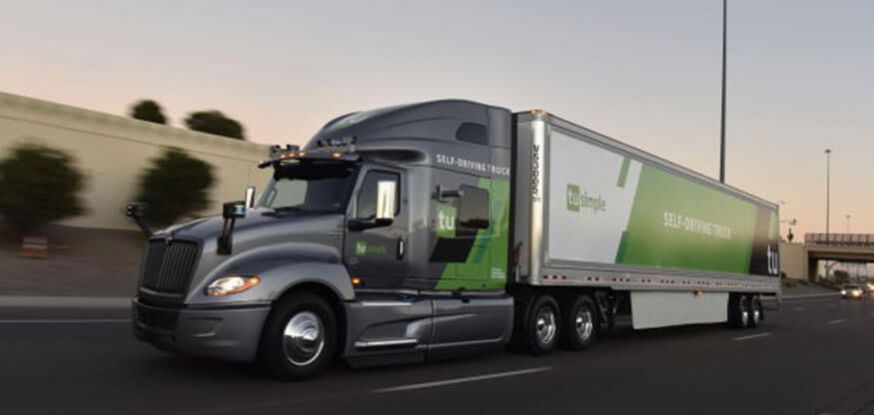The US Postal Service has confirmed that it will begin to embark upon a series of self-driving tests as part of the company’s overall strategy to embrace automation.
It confirmed that the self-driving tests involving two US Postal trucks delivering mail would be conducted between two distribution centers in the Southwest.
The two-week self-driving program has been launched in conjunction with Californian start-up Tu-Simple, which will haul postal trailers between centers in Dallas, Texas and Phoenix, Arizona.
In a statement released by the US Postal Service it said that the self-driving program represented the future path of the company.
A spokesman for the US Postal Service said, “This pilot is just one of many ways the Postal Service is innovating and investing in its future. We are conducting research and testing as part of our efforts to operate a future class of vehicles which will incorporate new technology to accommodate a diverse mail mix, enhance safety, improve service, reduce emissions, and produce operational savings."
USPS will be working with TuSimple, which was founded in 2015 and has been developing artificial intelligence and computer vision with a stated ‘perception range’ of 1,000 meters (3,200 feet) to allow up to 35 seconds of reaction time at highway speeds.
Founder and President of Tu-Simple Xiaodi Hou expressed his delight to be working with the US Postal Service on such an exciting project that illustrates the path the logistics and deliveries industry is heading.
He said, “It is exciting to think that before many people will ride in a robo-taxi, their mail and packages may be carried in a self-driving truck. Performing for the USPS on this pilot in this particular commercial corridor gives us specific use cases to help us validate our system - and expedite the technological development and commercialization progress."
During the 1,600-kilometer (1,000-mile) trips, the trucks will have a safety engineer and driver on board "to monitor vehicle performance and to ensure public safety" during the estimated 22-hour journey, according to a company statement.
The move comes amid stepped-up testing of autonomous driving technology for ride-hailing as well as freight by companies including former Google car unit Waymo, Uber and Tesla.
The needs in freight transport are expected to grow amid a growing shortage of truck drivers in the United States. However, many American motorists remain skeptical over self-driving technology and are calling for more regulation to be created in order to ensure the safety of other drivers.

